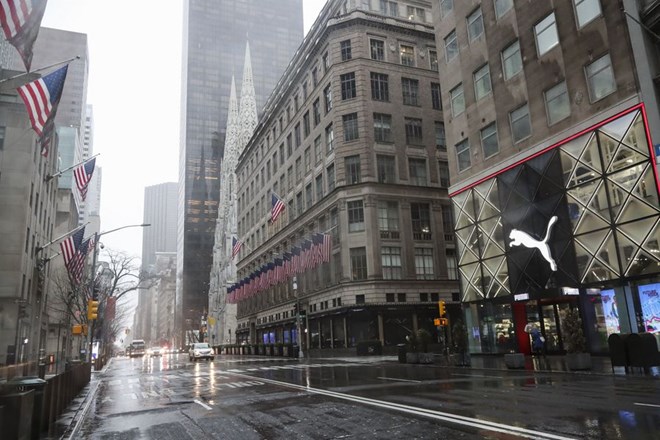
Economist Joseph Schumpeter once mentioned the factors that destroy weak businesses during recessions . Currently, although a recession has not occurred, high interest rates are putting a strain on economic activity and a wave of corporate defaults is likely.
The US bankruptcy rate is on track to hit its highest level since 2010. Insolvencies have hit a post-financial crisis high in England and Wales, and are also rising sharply in the eurozone.
Allianz predicts that defaults in major economies will increase in the coming years as more companies have to refinance at higher interest rates. Indeed, over $3 trillion in corporate debt will mature in the US over the next five years.
This is not surprising. Interest rates have risen at the fastest pace in four decades, the labor market is cooling and demand is slowing. Companies are burning through cash reserves and input costs are high. Energy bills are soaring, government support from the pandemic is running out and debt repayments are coming due.
The impact on businesses and workers is a stark reality. However, in the long run, this could be a positive thing. It is a Darwinian process of natural selection, but it is not without risks.
First, if the “zombie” bankruptcies spread to larger companies affecting supply chains, that would be a concern. Second, private capital markets have stepped in to support companies, making it harder to assess leverage risk. Third, many underperforming companies may survive recapitalization before interest rates rise.
So far, financial stress has been concentrated among the most leveraged businesses in the retail, healthcare, property and construction sectors. In the UK, smaller businesses – with less systemic impact – are reporting a higher risk of insolvency than larger firms. However, regulators still need to strengthen their monitoring of the private markets to detect risks. Above all, restructuring must ensure companies can exit smoothly. The longer it takes, the greater the pressure on businesses and the economy.
For zombie companies, if interest rates stay higher for a longer period of time—especially compared to the past decade—at least more capital will start flowing into the largest companies. With startup activity still buoyant, that’s something to embrace, not fear.
Source


![[Photo] Keep your warehouse safe in all situations](https://vphoto.vietnam.vn/thumb/1200x675/vietnam/resource/IMAGE/2025/10/1/3eb4eceafe68497989865e7faa4e4d0e)


















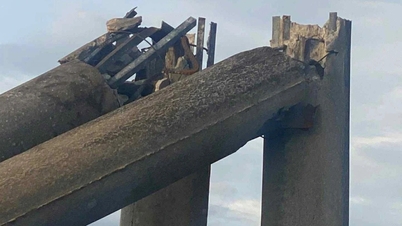


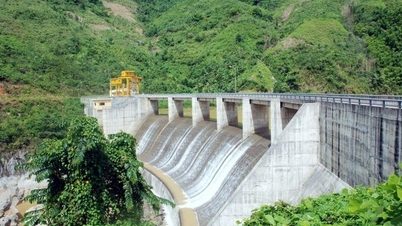
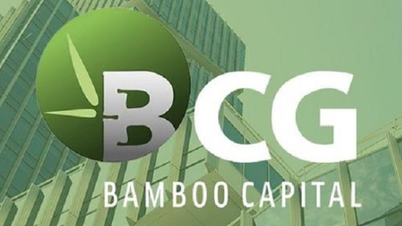













![[Photo] President of the Cuban National Assembly visits President Ho Chi Minh's Mausoleum](https://vphoto.vietnam.vn/thumb/1200x675/vietnam/resource/IMAGE/2025/10/1/39f1142310fc4dae9e3de4fcc9ac2ed0)





















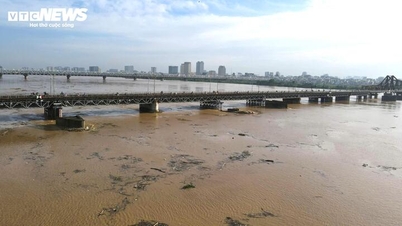








































Comment (0)